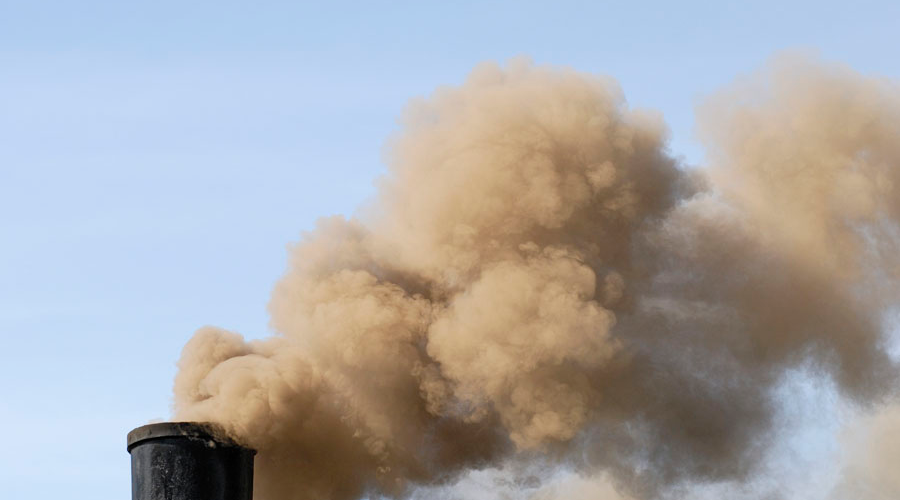Mercury and Lead Pollution from Mining
More than two million people globally are affected by mining and ore processing. These mining sites provide various minerals and metals to produce variety of products and minerals. The most hazardous chemicals that are found near these sites are lead, chromium, asbestos, arsenic, cadmium and mercury.
Coal Mining (Sulphur Dioxide and Mercury Pollution)
Though it’s often overlooked, the high levels of mercury in the air are a serious threat to human health. Originating from power plants fired by coal, many are located very close to large urban areas and cities in America. Mercury can also travel exceptionally far (as in thousands of miles) through the air. It is extremely damaging to human health as it severely damages the brain and nervous system when inhaled or made contact with. It is also estimated that a high percentage of pregnant woman in America are affected by high mercury levels that affect a foetus’s brain development. All in all, mercury is one of the most deadly toxic pollutants in the air.
Not only is Sulphur Dioxide (SO2) a substantial pollutant in our air and a direct result of coal power plants, it is also one of the causes of some serious health problems. It can be a root cause of lung cancer, asthma, emphysema, and bronchitis. As a result, thousands of people are hospitalized or die each year. It is seriously toxic to human health. SO2 originates primarily from fossil fuel combustion at power plants and coal power plants.
Artisanal Gold Mining (Mercury Pollution)
The production process of retrieving gold from mined ores releases more mercury than any other global sector. The mining process is usually done in the open air, putting people living nearby at risk either through contaminated water or soil. The vaporized mercury is a potent neurotoxic element that causes development disorders and affects the central nervous system.
Lead Smelting
Each year millions of people are affected by the toxic chemicals, primarily iron, limestone, pyrite and zinc that are released into the air by the dozens of lead smelting sites around the world. Lead smelting uses furnaces and other chemical agents to remove impurity from lead ores. Lead Smelting puts approximately 2.5 million people at risk at 70 polluted lead smelting sites worldwide, according to Blacksmith Institute.
Pesticides Pollution from Agriculture and Storage
Pesticides are substances necessary for agriculture to destroy targeted pests. An approximate 2 million metric tons of pesticides are used annually on fields. As a result, millions of tons of pesticides are dumped every year on fields. Unfortunately, the health effects pesticides have are disastrous, from simple skin irritation to hurting to nervous system to even causing cancer.
Apart from this, stockpiles of old and outdated pesticides add to the trouble. An estimated six to nine million metric tons of such pesticides are improperly stored.
Chromium Pollution (Dye Industry)
The dye industry actually contains numerous health hazards. Dye is used to add color to material, but the additions they have to pollution are more than noticeable. While chromium, which is used in dye, is critical to the human diet and generally speaking causes no damage to the human body, Cr IV Chromium is dangerous and highly toxic, enough to cause death in humans.
Chromium Pollution (Tanneries)
Chromium is primarily used to turn animal hides into leather for consumers, in places called tanneries, which are primarily centered in South-East Asia. Such tanneries are still operating with little control and produce daily 7.7 million litres of waste water and 88 million tons of solid waste. Again, Cr IV is dangerous and can cause health problems as in respiratory and heart failure and cancer in the brain and kidneys.
Source: www.conserve-energy-future.com



